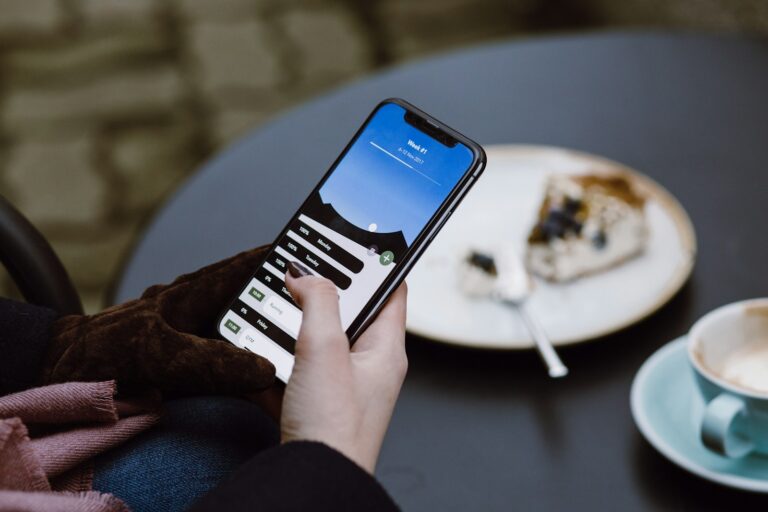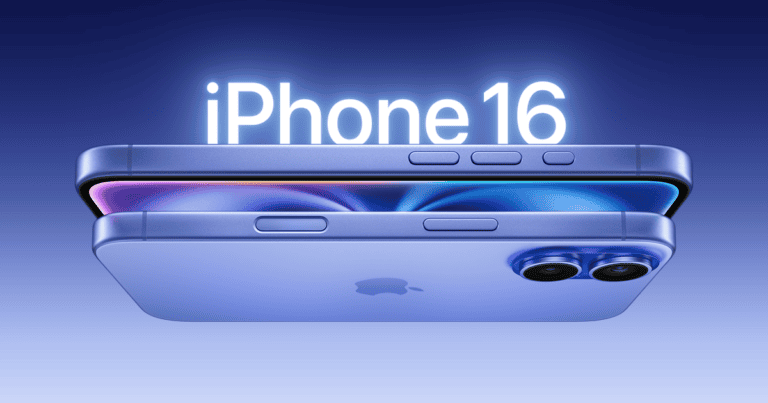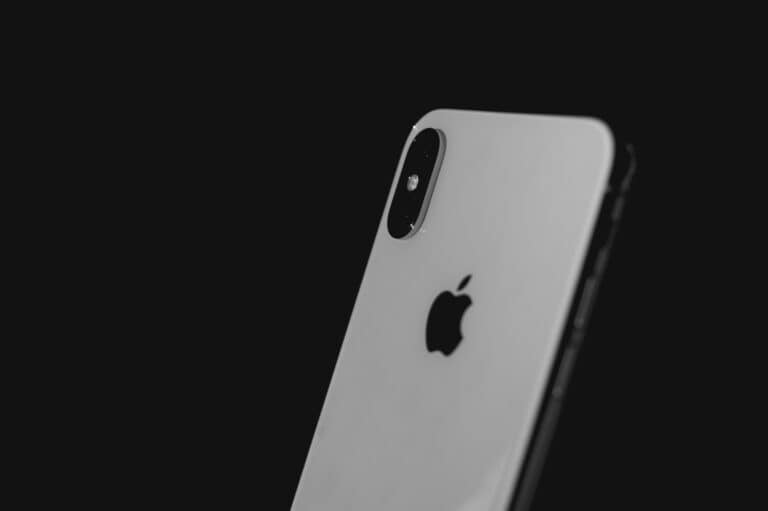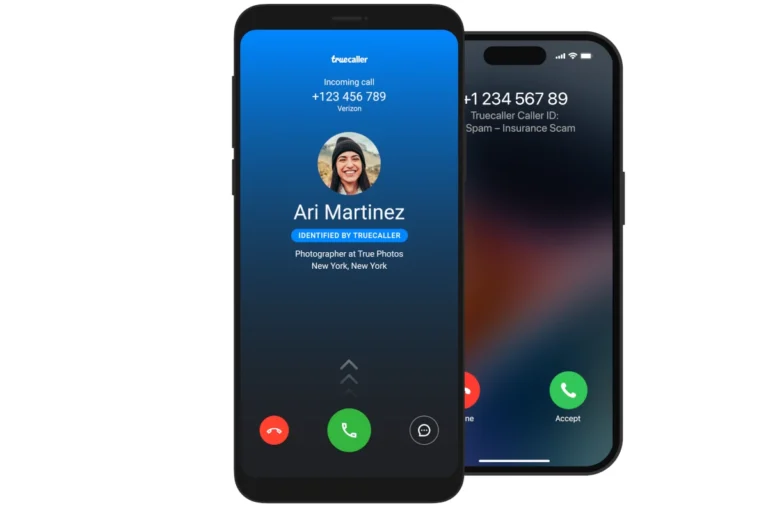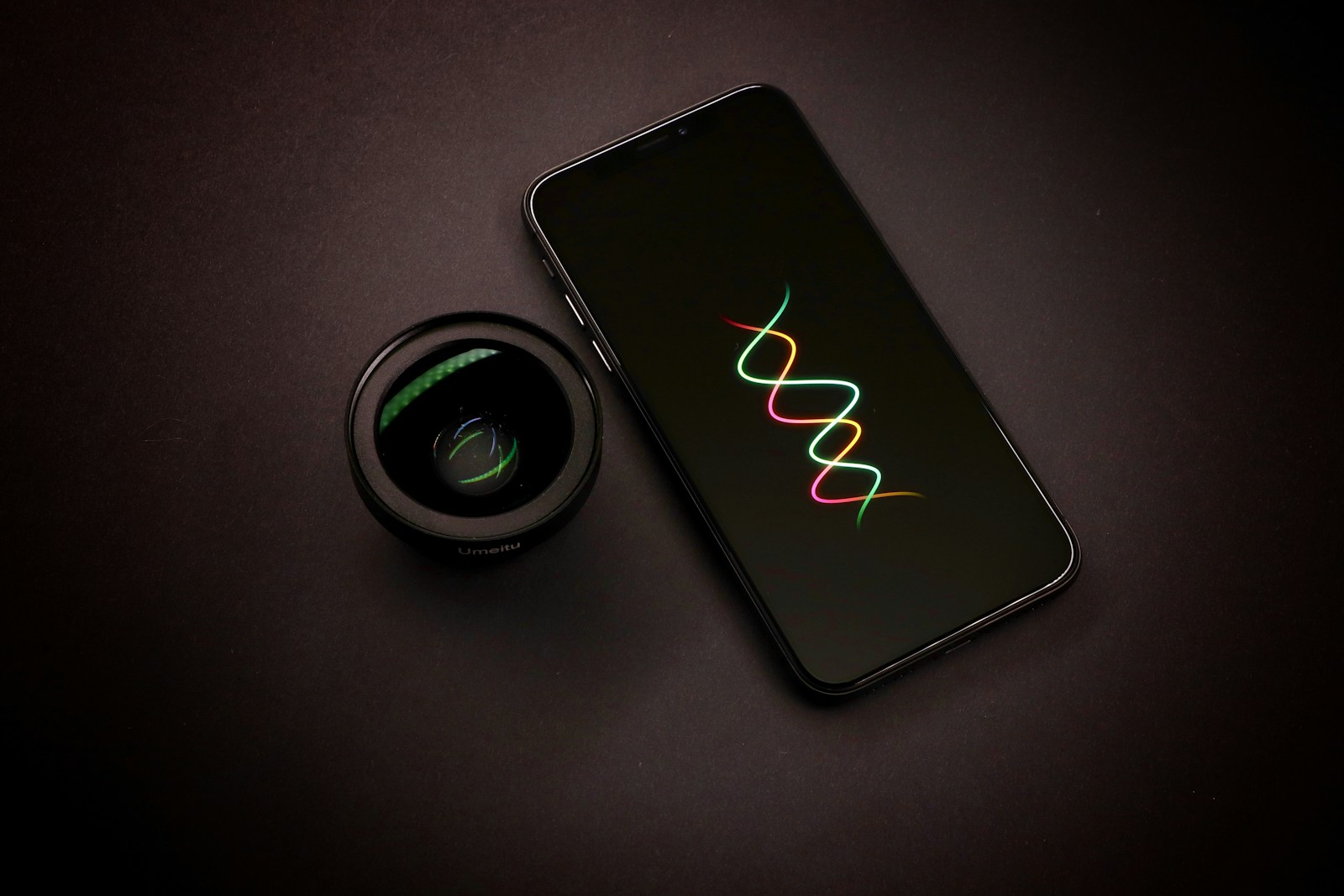
Phone checks have become essential tools for mobile device users and businesses. These checks provide valuable information about a device’s history, functionality, and authenticity. Phonecheck offers a comprehensive solution that increases productivity and reduces return merchandise authorizations (RMAs) for businesses handling pre-owned mobile devices.
The ability to verify a phone’s status goes beyond simple diagnostics. It includes checking the IMEI number, which reveals details about the device’s brand, model, and carrier. This information helps buyers and sellers make informed decisions about used phones.
Phone checks also play a crucial role in identifying potential issues with devices. Automated systems can detect cosmetic and functional defects, ensuring that phones meet quality standards before being resold or repaired. This process saves time and resources for both consumers and businesses in the mobile device industry.
1. Check for Software Updates
- Why: Updates fix bugs, improve performance, and patch security vulnerabilities.
- How:
- On Android: Go to Settings > System > Software Update.
- On iPhone: Go to Settings > General > Software Update.
- Install the latest version if available.
2. Scan for Malware or Suspicious Apps
- Why: Malware can slow your phone, drain battery, and steal data.
- How:
- On Android: Use a trusted antivirus app (e.g., Malwarebytes, Bitdefender) to scan.
- On iPhone: While iOS is less prone to malware, check for unknown profiles under Settings > General > VPN & Device Management.
- Delete apps you don’t recognize or no longer use.
(source: PCMag, Android Authority)
3. Check Storage and Clear Clutter
- Why: Low storage can cause lag and app crashes.
- How:
- On Android: Settings > Storage to see what’s taking space.
- On iPhone: Settings > General > iPhone Storage.
- Delete unused apps, clear cache, and move photos/videos to cloud storage.
4. Test Battery Health
- Why: A weak battery shortens your phone’s lifespan.
- How:
- On iPhone: Settings > Battery > Battery Health & Charging.
- On Android: Some models show battery health under Settings > Battery, or you can use apps like AccuBattery.
- If your battery health falls below ~80%, consider a replacement.
5. Check Network & Connectivity
- Wi-Fi: Run a speed test (e.g., Speedtest.net app).
- Cellular: Make a test call and check signal strength.
- Bluetooth/NFC: Pair with a known device to confirm functionality.
6. Inspect Hardware
- Screen: Look for cracks, dead pixels, or touch sensitivity issues.
- Speakers & Microphone: Play music, make a call, and record a voice memo.
- Camera: Open both front and rear cameras, check focus and clarity.
- Buttons & Ports: Test power, volume, charging port, and headphone jack (if applicable).
7. Review Security Settings
- Enable screen lock (PIN, password, fingerprint, or Face ID).
- Check app permissions and revoke unnecessary access.
- Turn on Find My iPhone or Find My Device (Android).
(source: FCC Smartphone Security Checker)
8. Back Up Your Data
- Regular backups ensure you won’t lose data in case of theft, reset, or damage.
- On iPhone: Use iCloud Backup.
- On Android: Use Google Backup or manufacturer’s cloud services.
Quick Monthly Phone Check Checklist
✅ Install updates
✅ Scan for malware
✅ Clear storage
✅ Test battery health
✅ Check connections (Wi-Fi, Bluetooth, cellular)
✅ Inspect hardware
✅ Review security settings
✅ Back up data
Final Thoughts
A quick phone check takes only a few minutes but can save you from bigger problems later. By regularly checking your phone’s software, hardware, and security, you’ll extend its lifespan and keep your personal information safe.
Key Takeaways
- Phone checks provide essential information about a device’s history and functionality
- IMEI verification reveals important details about a phone’s brand, model, and carrier
- Automated systems detect defects, improving efficiency in the mobile device industry
The Importance of IMEI Numbers
Your phone is one of your most important tools—used for communication, banking, work, and entertainment. But like any device, it can run into problems such as slow performance, malware, or hardware issues. Performing a regular phone check helps keep it secure, fast, and reliable.
This guide walks you through a step-by-step phone check, covering performance, security, storage, and hardware health.
IMEI numbers serve as unique identifiers for mobile devices. They play a crucial role in device security, tracking, and verification processes.
Understanding IMEI
IMEI stands for International Mobile Equipment Identity. It is a 15-digit code assigned to every mobile phone. Users can find their IMEI by dialing *#06# on their device’s keypad. The number appears on the screen instantly.
IMEI numbers help identify individual devices on global mobile networks. Each IMEI is unique, like a fingerprint for phones. This uniqueness allows for several important functions:
- Device tracking in case of loss or theft
- Blocking stolen phones from network access
- Verifying device authenticity
Carriers and law enforcement agencies use IMEI numbers to combat phone theft and fraud.
The Role of IMEI in Phone Checks
IMEI checks are essential tools for verifying a device’s status and history. These checks reveal valuable information about a phone:
- Blacklist status
- Carrier locks
- Warranty information
- Repair history
IMEI checkers are available online, both free and paid. They access databases containing device information.
Buyers of used phones benefit greatly from IMEI checks. These checks help avoid purchasing stolen or blacklisted devices. They also verify if a phone is carrier-locked or can be used with any network.
For sellers, providing IMEI information builds trust with potential buyers. It demonstrates transparency about the device’s condition and history.
How to Perform a Phone Check
Performing a phone check involves verifying device details and authenticity. This process helps buyers and sellers ensure the legitimacy of smartphones and protect against fraud.
Steps to Check IMEI on Smartphones
Find the IMEI number:
- Dial *#06# on the phone
- Check Settings > About Phone
- Look on the device box or receipt
Verify IMEI online:
- Visit official manufacturer websites
- Use trusted IMEI checker tools
Interpret results:
- Check activation status
- Verify warranty information
- Confirm device model and specifications
Phone checks help identify stolen devices and assess overall condition. Many carriers offer free IMEI checks on their websites.
Using IMEI Checker Services
IMEI checker services provide detailed information about smartphones. These tools offer:
- Blacklist status checks
- Carrier and country of origin details
- Warranty and purchase date information
- Technical specifications
Popular IMEI checkers include IMEI.info, SNDeepInfo, and CheckMEND. Some services are free, while others charge a small fee for comprehensive reports.
Users should exercise caution when entering IMEI numbers online. Stick to reputable services to protect sensitive device information.
Evaluating Phone Check Results
Phone check results provide crucial information about a device’s history and status. Understanding these reports helps buyers make informed decisions and sellers accurately represent their devices.
Interpreting Carrier Info and Blacklist Reports
Carrier info reveals the phone’s network compatibility and activation status. Check if the device is locked to a specific carrier or unlocked for use on multiple networks. This affects its resale value and usability.
IMEI blacklist reports are critical. A blacklisted device may be reported stolen or have unpaid bills. Avoid purchasing blacklisted phones, as they may not work on cellular networks.
Look for clear activation status. “Clean” means the device is ready for activation. “Financed” indicates ongoing payments, while “lost/stolen” signals potential legal issues.
Assessing Repair History and Device Locks
Repair history shows past damage and fixes. Multiple repairs may indicate recurring issues or poor build quality. Check for water damage, screen replacements, or battery swaps.
Factory reset protection (FRP) locks prevent theft but can cause issues for buyers. Ensure the seller removes FRP before purchase.
Activation locks like iCloud for iPhones must be disabled. These prevent full device access without the original owner’s credentials.
Check for any software locks or modifications. Rooted or jailbroken devices may have stability issues or voided warranties.
Industry Standards and Best Practices
Phone checks involve specific guidelines and recommendations to ensure safe and fair transactions. These standards help protect both buyers and sellers in the mobile device marketplace.
Guidelines from Mobile Manufacturers
Apple, Samsung, and other major phone makers have established protocols for device verification. Apple’s Activation Lock status tool lets users check if an iPhone is stolen. Samsung’s Find My Mobile service offers similar protection for Galaxy devices.
Motorola and LG provide IMEI lookup tools on their websites. These allow users to verify a phone’s authenticity and check its warranty status. Huawei offers a similar service through its official channels.
Carriers like Verizon, AT&T, and T-Mobile maintain databases of reported lost or stolen phones. They use these to prevent activation of compromised devices on their networks.
Recommendations for Buyers and Sellers
When buying a used phone, always request the IMEI number beforehand. Use this to check the device’s history through carrier databases or third-party services. Verify that the seller has reset the phone and removed any account locks.
Sellers should factory reset their devices before sale. This erases personal data and deactivates any security features tied to their accounts. Taking clear photos of the phone’s condition helps avoid disputes later.
Meet in a safe, public place for in-person transactions. Many police stations offer designated areas for online purchases. Pay through secure methods like PayPal Goods and Services for added buyer protection.
Frequently Asked Questions
Phone checks provide essential information about mobile devices. Users often have queries about verifying authenticity, finding device identifiers, and performing diagnostics.
How can I verify the authenticity of my iPhone?
Check the serial number on Apple’s official website. Look for physical indicators like build quality and proper logos. Examine the iOS version and ensure it’s genuine. Use authorized apps to verify device specifications.
What are the steps to find the IMEI number on a mobile device?
Dial *#06# on the phone’s keypad. The IMEI will display on screen. Check the device settings under “About Phone” or “General”. Look for the number printed on the SIM tray or device packaging.
What online resources are available for performing a mobile phone check?
Phonecheck offers comprehensive device history reports. CheckMEND provides detailed device information. CTIA’s Stolen Phone Checker verifies if a device is reported lost or stolen. Carrier websites often have IMEI checkers for their networks.
Is there a way to check the condition of a phone without incurring costs?
Visual inspection can reveal physical damage. Free diagnostic apps test basic functions. Some online IMEI checkers offer limited free information. Local repair shops may provide basic assessments at no cost.
How do I perform a diagnostic test on an Android smartphone?
Use built-in diagnostic tools in the Settings menu. Download reputable diagnostic apps from the Google Play Store. Enter codes like #0# to access the hidden service menu on some devices.
What codes can initiate hardware tests on mobile phones?
##4636## shows phone information and usage statistics. #0# accesses diagnostic tools on Samsung devices. ##7262626## runs a hidden test menu on some models. Specific codes vary by manufacturer and model.



